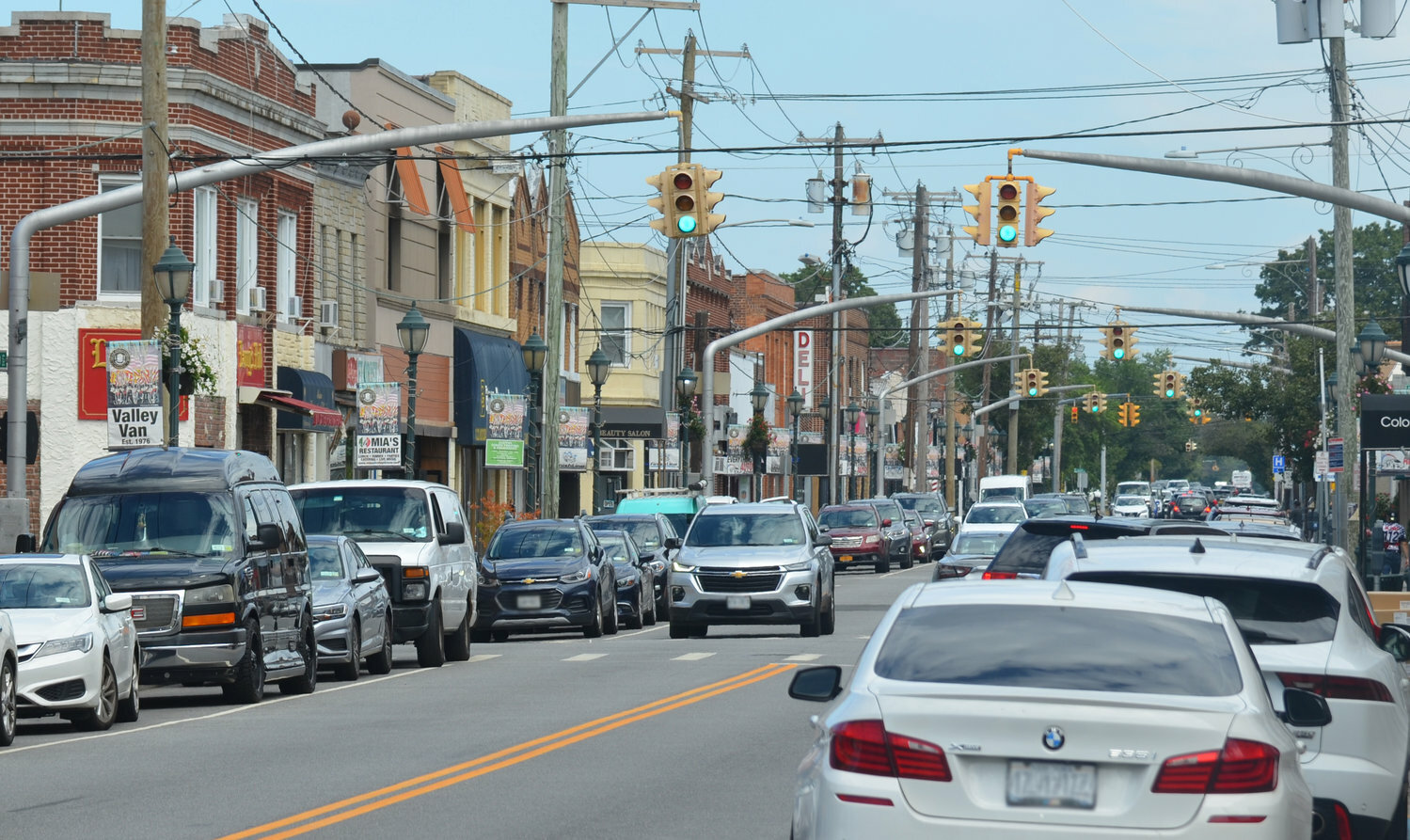Valley Stream wants safer streets and room for everyone. Here's how.
Making their way through one of the most densely packed areas in the state, the quality and condition of Valley Stream’s roads have garnered close attention. The design of village streets not only shapes the village’s economy, pace of living and quality of life, but also connects Long Island to the greater New York area and beyond.
Residents tuned in via livestream to a Community Planning Workshop on Nov. 9 to wrestle with new possibilities to reinvent, modify or improve those village streets, amid growing calls for greater pedestrian safety, walkability and ease of transport.
The goal of the talk, hosted by the New York Metropolitan Transportation Council, in partnership with the village, was to gather input from residents, along with data from an online survey, to create a formal report. The report will narrow down and identify key transportation solutions in Valley Stream that can be used to help secure federal funding for new projects.
While residents clashed over the best solutions, almost all expressed forceful concern for the frightening traffic on village streets, where cars are largely to blame.
“A lot of what we heard about the community survey is hazardous conditions on Merrick Road and Sunrise Highway,” said Jesika Tixi, the discussion’s coordinator. “With the right redesign elements, you can promote safety and mobility.”
Far and away the best way to achieve this, Tixi said, is through traffic-calming interventions. “Traffic-calming” is not a specific design method, but more of a catch-all term that encompasses any traffic feature on streets both big and small that compels drivers to slow down, think twice, and be more attentive to their surroundings.
These alterations can tilt toward the pricier side like an advanced traffic light management system, a pedestrian plaza or islands, or a downtown bike ride-share program.
More expensive doesn’t always translate to better, Tixi noted. The village can take a piecemeal approach of adding cheaper and usually temporary street features to first see how residents will react and go from there. These can be anything from temporary curb extensions to pop-up bike lanes to restriping crosswalks.
A growing chorus of residents pushed for a comprehensive bike path system throughout the village. There are many bikers including teenagers who, with or without a designated lane for cycling, are traversing through traffic or jockeying for sidewalk space with pedestrians.
“A lot of people don’t have cars or can’t afford cars,” said Denise Riggio, a lifelong cyclist. “If there are lighted signage, protected lanes, and marked paths for bikers who can safely ride through a connected community and across communities, it will be safer for everyone.”
Valley Stream boasted a rich cycling culture more than a century ago, noted Dave Sabatino, deputy village treasurer for planning and economic development. Merrick Road was the place to be for catching world record-setting bike marathons, races, and other niche cycling events. Not so much now.
While other residents agreed with the need for change, they weren’t so convinced that cars sharing parts of the road with bicyclists and pedestrians would safely tame the flow of traffic. They fear it might produce the opposite effect. With drivers unaccustomed to sharing the road with non-motorists, throwing bikers and walkers into the mix, especially amid dicey intersections, could cause more confusion, crashes, and near-hits.
But a learning curve is inevitable, experts noted. It will take time for old habits to change and redirect people to share streets repurposed for different uses.
“The reason why people don’t bike in Valley Stream is because it’s very dangerous because the roads don’t support it,” said resident Richard Infield. “Other cities have learned their lessons and have beaten this. It’s going to take time, but we can do this too.”
And the village already seems headed in the direction of change.
In passing a complete streets policy in 2013, the village committed itself to the overall vision of designing streets that are safe and convenient to use for all people regardless of their preferred mode of travel. That means enforcing a model where cars don’t dominate the landscape. Easier said than done.
Because there are so many regulatory demands to check off, Sabatino noted, any new project will require significant investments, but there are “low-hanging fruit initiatives we can implement” much sooner and for a lot less investment.

 63.0°,
A Few Clouds
63.0°,
A Few Clouds 




